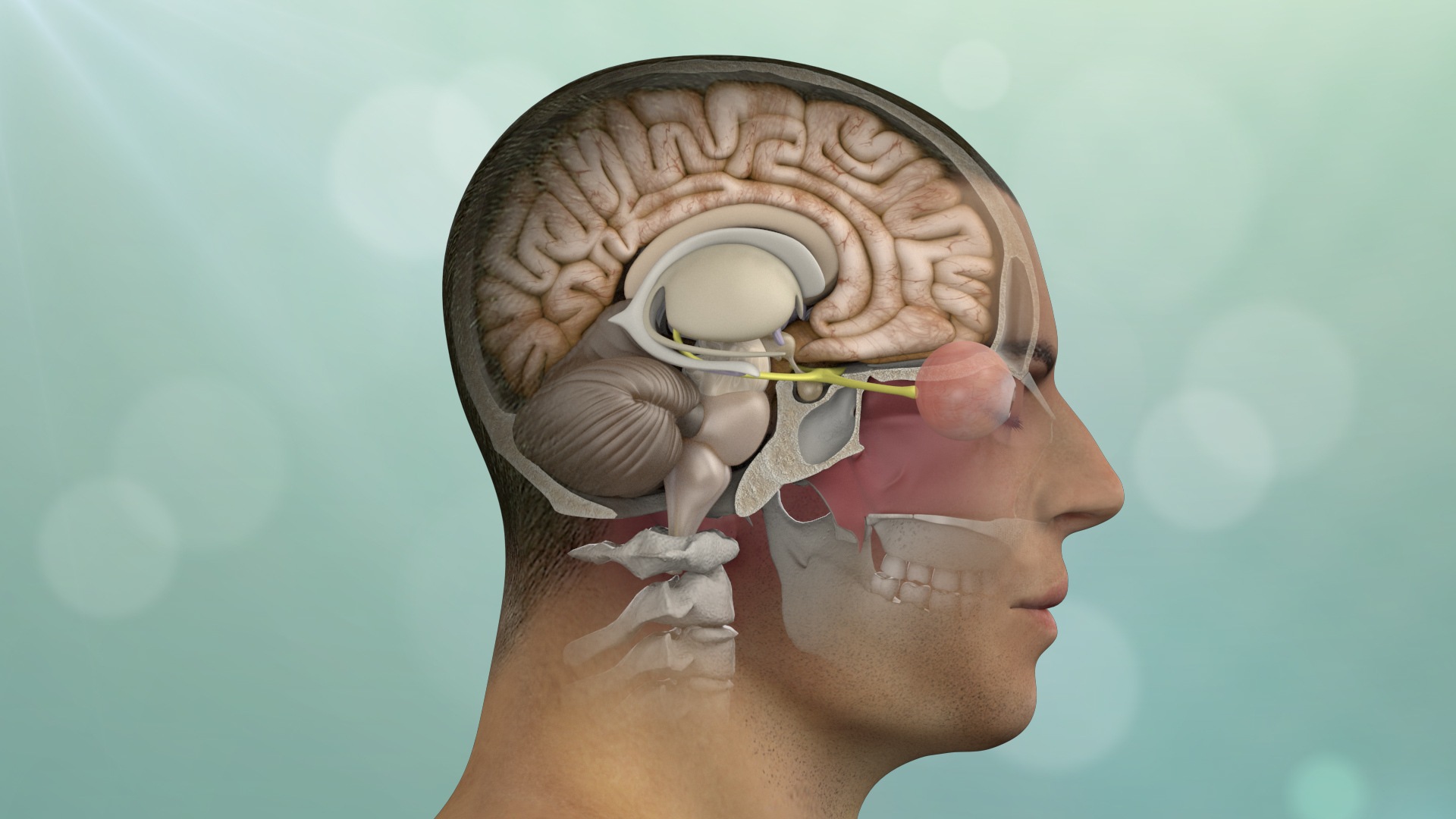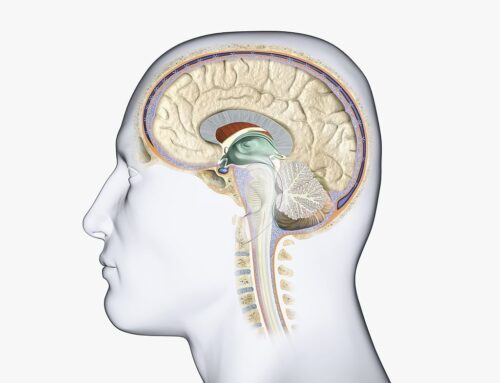Navigating the diagnosis of brain and skull base tumors is undoubtedly challenging, yet the advancements in medical science have introduced a range of effective treatment options. Understanding these options is crucial for patients and their families as they prepare for the journey ahead. At Brain Spine MD, led by Dr. Robert Louis, we are committed to providing comprehensive care and innovative treatments tailored to individual needs. This article explores seven advanced treatment options for brain & skull base tumors treatment, highlighting the importance of a multidisciplinary approach in achieving optimal outcomes.
1. Minimally Invasive Surgery
Minimally invasive surgical techniques have revolutionized the treatment of brain and skull base tumors. Procedures such as endoscopic endonasal surgery allow surgeons to access tumors through the nasal cavity, significantly reducing recovery time and minimizing scarring. This technique is particularly effective for tumors located at the base of the skull and offers patients a safer alternative to traditional open surgeries. By utilizing advanced imaging and navigation technologies, neurosurgeons can precisely target tumors while preserving surrounding healthy tissue.
2. Conventional Craniotomy
For tumors that are larger or located in less accessible areas, a conventional craniotomy may be necessary. This traditional surgical approach involves removing a section of the skull to access the tumor directly. While this method may involve a longer recovery period, it allows for complete resection of certain tumors and provides valuable information about the tumor type through biopsy. Dr. Robert Louis and his team emphasize a patient-first approach, ensuring that each individual understands the reasons for choosing this method and the potential benefits involved.
3. CyberKnife® Robotic Radiosurgery
CyberKnife® is a state-of-the-art technology that delivers precise, high-dose radiation to tumors while sparing surrounding healthy tissue. This non-invasive treatment option is particularly beneficial for patients who may not be candidates for traditional surgery. CyberKnife® uses advanced imaging to track the tumor’s position in real-time, allowing for accurate targeting of brain and skull base tumors. This treatment can often be completed in just a few sessions, making it a convenient option for patients.
4. Stereotactic Radiosurgery
Similar to CyberKnife®, stereotactic radiosurgery is a non-invasive procedure that uses focused radiation beams to target tumors. This technique is especially effective for small to medium-sized tumors and provides a viable option for patients who seek to avoid the risks associated with open surgery. Stereotactic radiosurgery can often be performed on an outpatient basis, allowing patients to return home the same day and resume normal activities shortly after treatment.
5. Endoscopic Transsphenoidal Surgery
This specialized technique is primarily used for pituitary tumors, which are often located at the base of the skull. By accessing the tumor through the nasal passages, surgeons can remove it with minimal disruption to surrounding tissues. This approach significantly reduces complications and recovery time compared to traditional methods. Patients can benefit from shorter hospital stays and a quicker return to their daily routines.
6. Chemotherapy and Targeted Therapy
In certain cases, brain & skull base tumors treatment may involve chemotherapy or targeted therapy, particularly for aggressive tumor types. Chemotherapy utilizes powerful medications to eliminate cancer cells, while targeted therapies focus on specific molecular changes within tumor cells. These treatment options can be used in conjunction with surgery or radiation to enhance overall effectiveness and increase the likelihood of long-term remission. Discussions with oncologists are essential to determine the most suitable regimen based on the individual’s specific tumor type and health status.
7. Supportive Care and Rehabilitation
Beyond direct treatments, supportive care plays a vital role in the overall management of brain and skull base tumors. This can include physical therapy, occupational therapy, and psychological support to help patients cope with the emotional and physical challenges that arise during treatment. A comprehensive rehabilitation program can significantly enhance quality of life and aid in recovery. At Brain Spine MD, we prioritize a holistic approach to care, ensuring that patients receive the support they need throughout their treatment journey.
Choosing the right treatment for brain & skull base tumors treatment requires careful consideration and collaboration with a knowledgeable healthcare team. Each patient’s situation is unique, necessitating a tailored approach that encompasses the latest advancements in medical technology and compassionate care. By exploring these seven advanced treatment options, patients can be better equipped to discuss their choices with their healthcare providers and make informed decisions that align with their health goals.
At Brain Spine MD, Dr. Robert Louis and his team are dedicated to providing the highest quality of care, utilizing cutting-edge techniques and maintaining a focus on patient comfort and well-being. Understanding the various treatment options available is the first step in navigating the complexities of brain and skull base tumors. With a commitment to innovation and excellence, we strive to empower our patients as they embark on their treatment journeys.
Frequently Asked Questions:
What are brain and skull base tumors?
Brain and skull base tumors are abnormal growths that occur in or around the brain and the area where the brain meets the spinal cord. These tumors can be benign or malignant and may affect nearby structures, leading to symptoms like headaches, vision changes, or difficulty with movement.
What are the treatment options for brain and skull base tumors?
There are several advanced treatment options for brain and skull base tumors, including minimally invasive surgery, conventional craniotomy, CyberKnife® robotic radiosurgery, stereotactic radiosurgery, endoscopic transsphenoidal surgery, chemotherapy, targeted therapy, and supportive care. Each option is tailored to the specific tumor type, size, and location.
What is minimally invasive surgery for brain and skull base tumors?
Minimally invasive surgery involves using advanced techniques such as endoscopic endonasal surgery, which allows surgeons to access tumors through the nasal cavity. This approach reduces recovery time and minimizes scarring while preserving healthy tissue around the tumor.
How does CyberKnife® robotic radiosurgery work?
CyberKnife® uses real-time imaging and robotic technology to deliver high-dose radiation precisely to brain and skull base tumors while sparing surrounding healthy tissue. This non-invasive procedure is often completed in just a few sessions and is especially helpful for patients who may not be candidates for traditional surgery.
What is the difference between CyberKnife® and stereotactic radiosurgery?
Both CyberKnife® and stereotactic radiosurgery are non-invasive treatments that use focused radiation to target tumors. CyberKnife® employs robotic precision and real-time imaging, while stereotactic radiosurgery uses similar techniques but may require more specialized equipment. Both are effective for small to medium-sized tumors.
What is endoscopic transsphenoidal surgery, and when is it used?
Endoscopic transsphenoidal surgery is a specialized technique primarily used for pituitary tumors. Surgeons access the tumor through the nasal passages, reducing complications and shortening recovery time compared to traditional approaches. This method is particularly useful for tumors located at the skull base.
Is chemotherapy or targeted therapy part of brain and skull base tumor treatment?
Chemotherapy and targeted therapy may be used for aggressive or malignant tumors. Chemotherapy uses powerful medications to kill cancer cells, while targeted therapy focuses on specific molecular changes in tumor cells. These treatments are often used in combination with surgery or radiation.
What role does supportive care and rehabilitation play in treatment?
Supportive care, including physical therapy, occupational therapy, and psychological support, is crucial in helping patients cope with the emotional and physical challenges of treatment. A comprehensive rehabilitation program can improve recovery, quality of life, and help patients regain normal function.
How is the best treatment option for brain and skull base tumors determined?
Choosing the best treatment option requires collaboration with a healthcare team, including neurosurgeons, oncologists, and radiation specialists. The treatment plan is based on the tumor’s size, location, type, and whether it’s benign or malignant, as well as the patient’s overall health and preferences.
What is the recovery process after brain and skull base tumor treatment?
Recovery varies depending on the type of treatment used and the individual’s health. Minimally invasive procedures may offer quicker recovery times, while traditional surgeries or radiation may require longer rehabilitation. Patients are encouraged to follow their healthcare provider’s recommendations for a smooth recovery process.



















